Special feature: The art of video
What does it take to produce great video? In this special Panasonic feature, director Dave Katugue shares his advice for photographers who want to dip their toe into the world of video.
With photography you capture a moment in one single frame that tells a story, whereas with video you tell it over time, using motivated camera movement, lighting, pacing and various types of sound design. Our memories aren’t as clear as we think, we can imagine the past, but nothing lets us relive moments like video does.
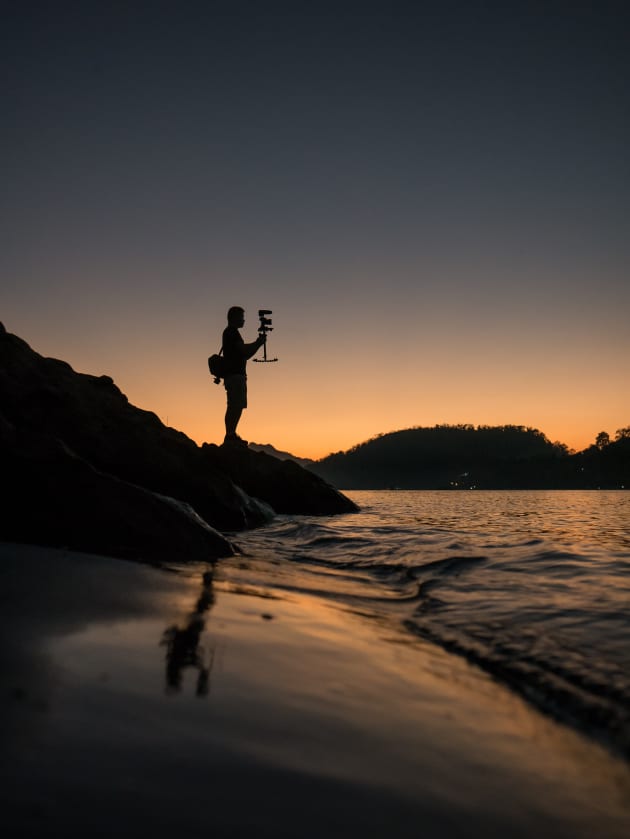
Producing video uses the same type of thinking as photography in terms of composition and contrast, but the difference is time. That’s the challenge, presenting information over time.
My style focuses on as much filmic language as possible in both the shot design, the visual metaphors in the details and the controlled reveals of information. I look for emotion or subtle visual cues that show rather than say.
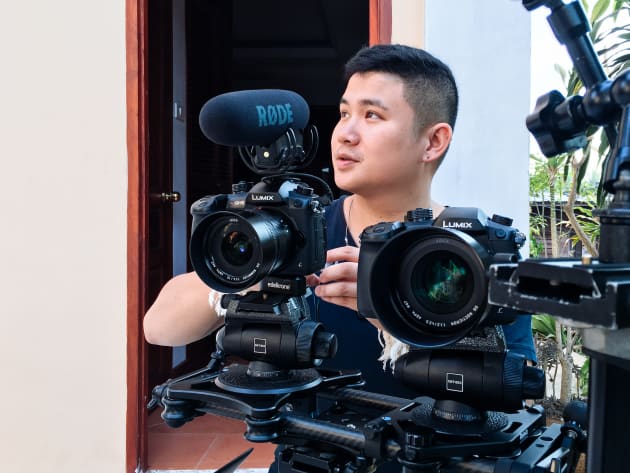
What two pieces of advice would you give to stills photographers who want to give video a try?
You already have a giant head start! By being a stills photographer primarily, you already have the knowledge of composition, types of lighting, the exposure triangle and depth compression. These tools all work to cross pollinate each type of media and you can make more informed filmmaking decisions.
Everyone’s advice is always to practice filming at every possible moment. Whilst I agree with that, I think sometimes it’s also good to plan as much as possible what you will shoot, so you’re maximising the output whilst minimising the effort.
At as many opportunities as you can, film. Once you see the opportunity cost doesn’t outweigh the effort, move on to something else. I say this because you can film parties and birthdays, but once you master that, there’s only so much more you can grow. Keep the angle of learning as uncomfortable as possible to grow quicker.
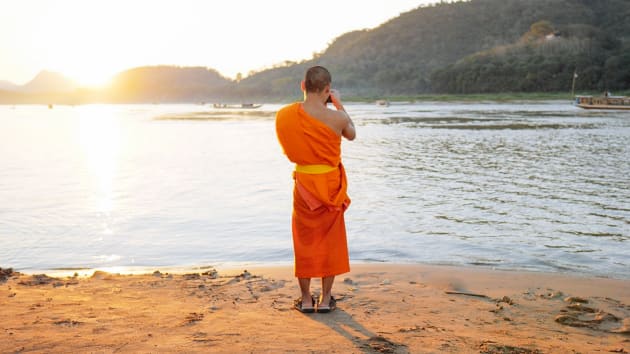
Find the limiting beliefs you keep telling yourself and try to get a mentor who will instantly negate them. We all make reasons why we can’t do things but ask the right questions to the right people and you will improve by leaps and bounds. I joined many online forums and looked around for mentors to be able to fast forward me. I always look outwardly around the world instead of in close circles for a truly worldwide perspective of the level that needs to be pushed to.
What’s your advice for shooting compelling video?
Your job as both a videographer and editor is to make things clear. Remove distractions, simplify the frame, the audience should be able to know your intent. Before you do anything, you need to know what you’re trying to say.
You need to understand the characters and the main intrinsic motivations behind why anyone watches video. There are three things that people like to watch video for: information, humour or value.
If your video doesn’t really offer these things, people will quickly make a choice when they scan the timeline whether or not to close the tab, or swipe down, or look away.
I see too many people recently crossed over from stills who hold their shots for too long without the intent. Keep the pacing in line with the audience’s attention span, every shot has a lifetime on screen, once it overstays its welcome, the audience starts to feel drag.
Once you master the duration of single shots, you also need to start to look and get a feel for the pace and rhythm of the entire edit, this will come in time as you practice.
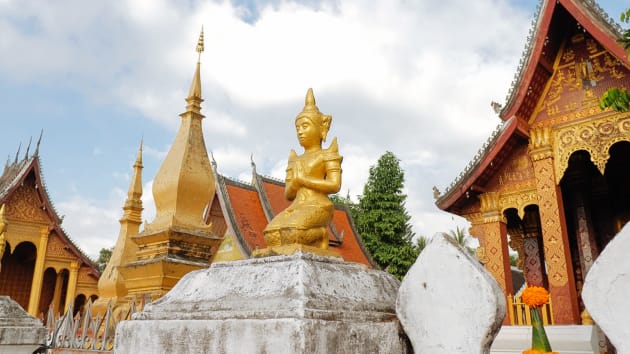
Don’t show everything straight away. Slowly reveal information over time so the audience feel like they are playing a participatory role in watching the film. The more they feel like they’re involved, the better their chances of not getting bored. Once you lose the audience’s attention, you have to earn it back, but there’s barely ever a second chance.
Remember that shooting a compelling video is only one half of the story. Editing the footage into a compelling video is an entirely different but equally important part of making a video engaging.
The biggest advice I can offer, is go through a list of the best videos you’ve ever seen and try to reverse engineer what you like about them. There are so many criteria like framing and composition, camera movement, lighting, transitions, blocking and staging, editing techniques, that over time can give you a distinct look.
Look online for video essays that breakdown these topics, directors or films and I guarantee you will fast forward years of figuring it out yourself.
What are the essential pieces of gear you need to make good videos?
There’s a variety of gear that can be used for filmmaking, but I would say it all starts with a good camera.
The benefits of a camera with good video features are obvious – it means you have one device you can use for all your projects. If you get the right camera with features you can grow into over time like time-lapse, slow-motion, 6k burst and other storytelling tools, you have something that will last.
I would say the other essential pieces of gear when first starting out would be a good tripod. Make sure to master using them first – I cannot stress this enough! Challenge yourself to use what you have to tell a story. Camera movement is fine once you first understand where to put the camera. And make sure you have a fluid head and not a ball head!
What do you look for in a camera that offers stills and video features?
I travel a lot and need a camera that is lightweight and creates high-quality 4K video, yet is also unobtrusive.
I like to have as many filmmaking tools possible, and the Panasonic GH5 offers so many features filmmakers have been asking for in a camera of that size.
I like to use slow motion in my films to exaggerate emotion or decompress time. It has an elegance or dreaminess when used with the right intent. Being able to shoot at a a high frame per second (fps) is vital for this.
How does the Panasonic GH5 help you create more engaging video content?
Having the Panasonic GH5 has enabled me to upgrade from what was already an incredible camera in the GH4, to a beefier, stronger and feature rich camera to match where the industry is heading. Having the ability to shoot faster frame rates in full 4K, whilst also having so many new codecs on the horizon, gives me so much flexibility to expand my skill set.
We need to make sure we’re learning at a rate that is either faster or in line with new camera releases. Stay ahead so you can make the most out of the new technology. There’s so much to learn with the GH5, but once it becomes muscle memory, it becomes an extension of what I see. ❂
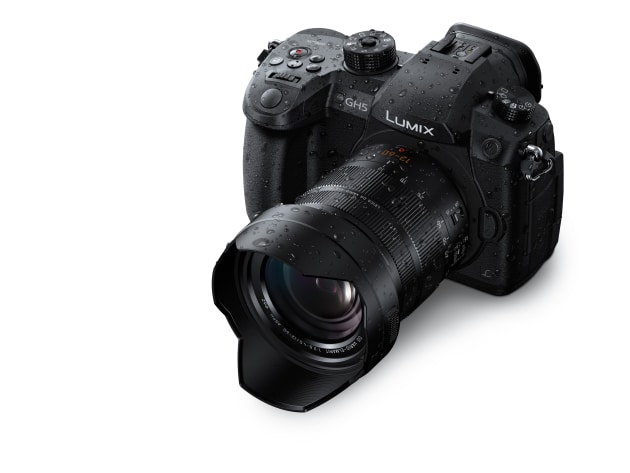
With a 20-megapixel sensor, 4K @ 60p and full HD @ 180p along with 5-axis in-body stabilisation and dual SD slots, the Panasonic GH5 is perfect for run-and-gun filmmaking and stills. Find out more at panasonic.com.au

